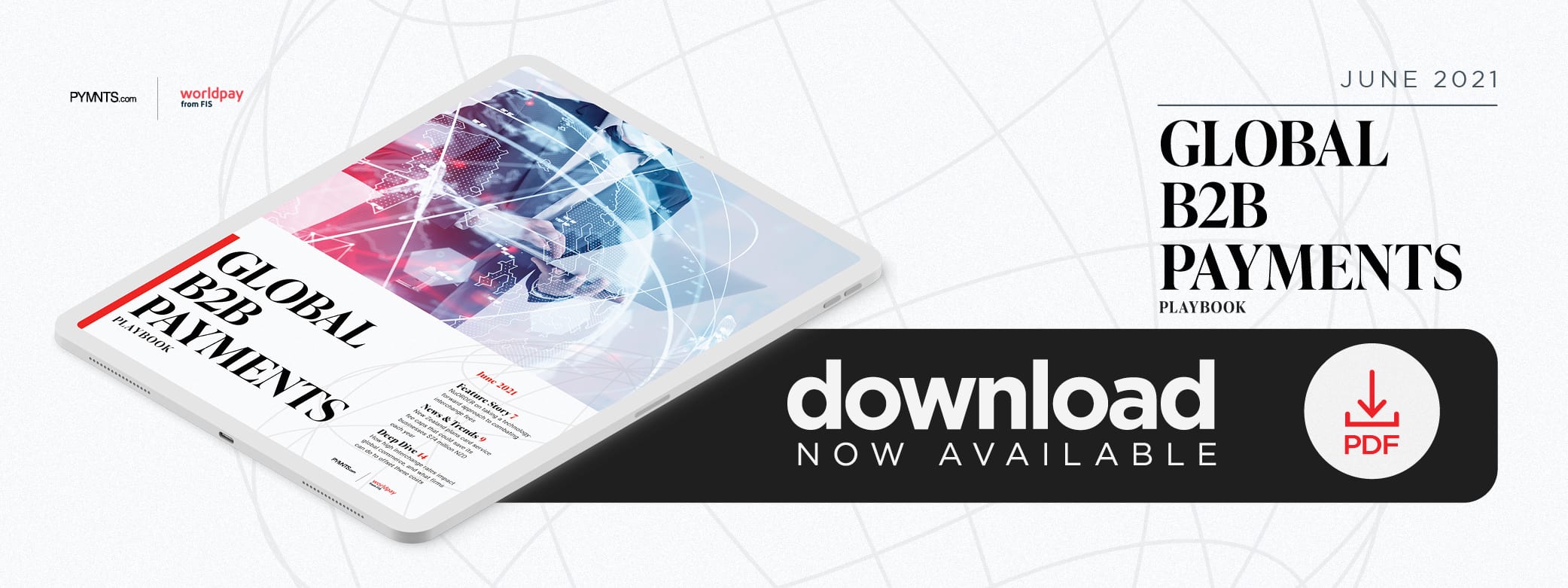NuORDER On Taking A Technology-Forward Approach To Combating Interchange Fees

The debate over interchange fees, often called “swipe fees,” has intensified as the volume of card payments increases globally. Businesses are lobbying to lower them, while card issuers are pushing to maintain or raise them because such charges make up a sizable portion of their revenues, according to the National Association of Purchase Card Professionals. Congress capped interchange fees through the Dodd-Frank Wall Street Reform and Consumer Protection Act in 2010, and an amendment in the measure trimmed the fees merchants had to pay banks when consumers used cards.
While the rule was designed to save as much as $8 billion in costs for the first two years after its passage, banks responded by increasing other fees. The North Dakota Retail Association and the North Dakota Petroleum Marketers Association filed suit in the U.S. District Court in Bismarck. They alleged that the Fed has “failed to follow Congress’ instructions to ensure that debit-card processing fees are reasonable and proportional to the costs of debit-card transactions.”
Fee concerns are not just limited to the United States. The board of the Central Bank of Australia, which has moved to reduce interchange fees in recent years, said lower rates not only benefit merchants but improve payment network efficiency, shrink retail prices and create other benefits. Many markets are taking a similar approach to capping or limiting them as higher fees can result in increased costs for customers down the line. These myriad considerations make the issue thorny for B2B firms, especially those doing business across borders.
Robert Johnson, senior vice president of payments at B2B eCommerce platform NuORDER, said concerns about interchange fees are universal. He added that credit card use has represented a modest share of payments on the wholesale side, but that it is growing.
“These are not insignificant costs,” he said. “Payments aren’t straightforward, so there’s always this additional complexity. We’ve been dealing with this in the B2B world for a while now. These fees will continue to increase faster than on the consumer side.”
Tackling interchange issues
NuORDER, which is based in Los Angeles, works internationally with brands like Bloomingdale’s, Coach and Nordstrom. The company puts brands’ product catalogs online, tracks sales, reorders popular items to prevent inventory chokepoints and forecasts trends on what items are expected to be popular in the year ahead. Interchange fees are an inevitable part of doing business with wholesalers and retailers across the globe, Johnson said, but that does not mean they are straightforward.
He explained that one of the biggest challenges in finding a solution is a lack of awareness of the problem. Some businesses struggle to understand what the fees entail, what they cost and which entities receive them.
One answer, Johnson said, is to use every tool to reduce them. B2B firms can get a leg up with solutions that allow them to capitalize on Level 2 and Level 3 data. For example, this could enable them to access reduced interchange fees when they provide more detailed transaction information to certain card networks. Optimizing payments in other ways could also help B2B merchants get more control on these rates, he said.
“The way to drive down these rates is the increased use of technology, standardization, better information and [making] these transactions less risky,” Johnson said. “I think the way we look at it is there is going to be more innovation and new solutions around payments. We look at this as an opportunity for outside entrants to come in and disrupt.”
He said that while governments have stepped in to restrict these fees, especially on the consumer side, remedies are all over the map. A large part of the reason these fees exist is to mitigate fraud- and debt-related risks involved in processing these transactions. Johnson said lowering the risks involved remains a top priority, one that will likely lead to lower fees.
“Right now, we’ve got a unique opportunity where we can help cross-border payments,” he said. “There will be ways to figure out how to reduce costs through less risk.”
Interchange fees are a fact of life for many B2B businesses, particularly those transacting with numerous business partners across borders. Taking the sting out of these fees will require companies to adopt technology-forward approaches to risk reduction and examining other efficiencies to make their payments smoother.

